An incredible stately home for sale in Yorkshire, with the 'mind-boggling' list of repairs already done
The salvation of Sheriff Hutton Hall is now complete, writes Penny Churchill — all that awaits is a new owner to turn it into a home once more.
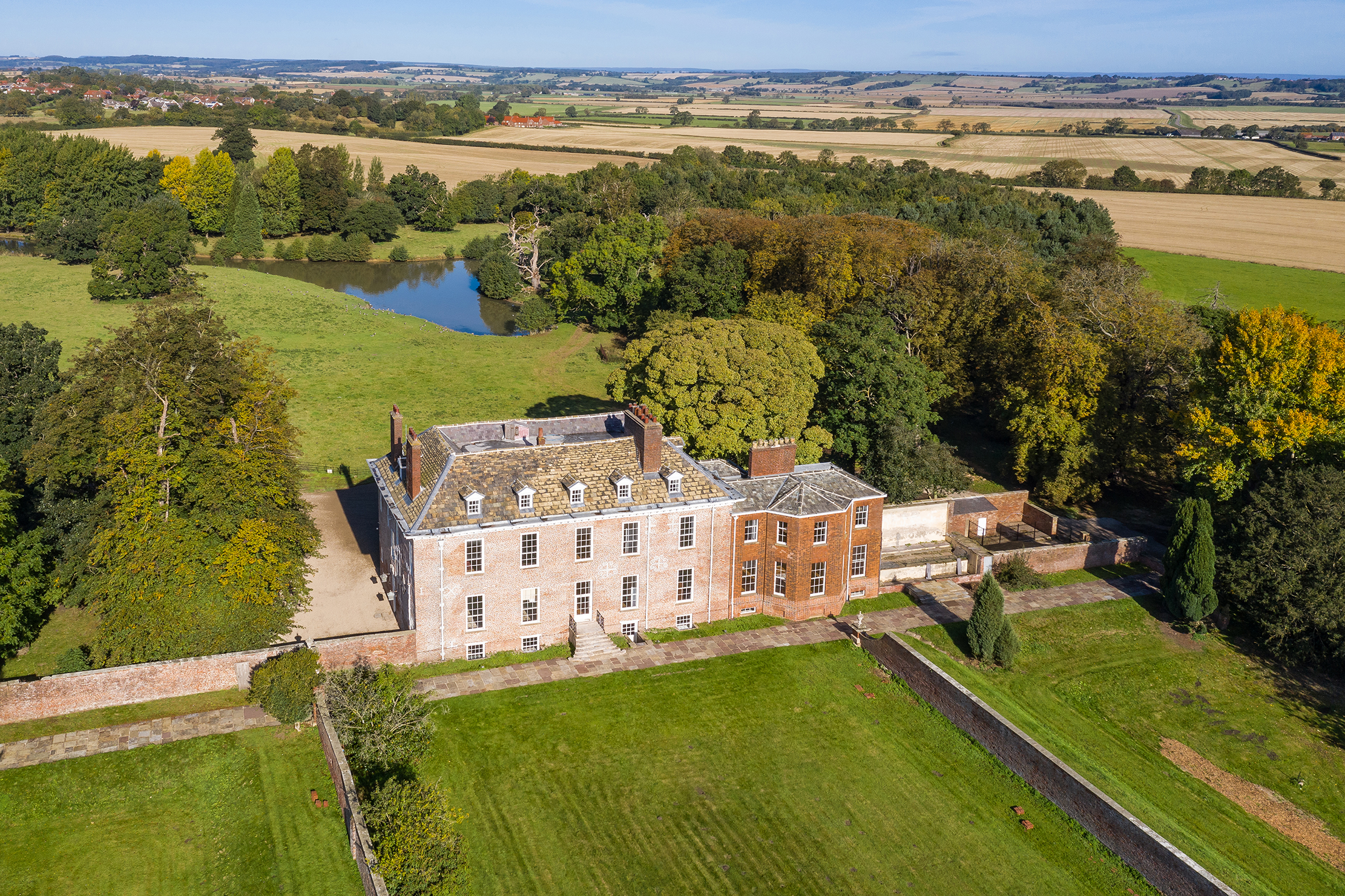

Few grand country houses have dodged the ‘slings and arrows of outrageous fortune’ as neatly as Sheriff Hutton Hall.
The property is being sold by the York office of Savills for the third time since 1998, at a guide price of £10 million for the restored, Grade I-listed Hall and its surrounding 203-acre estate, 10 miles from the racing town of Malton and 12 miles from York.
Acquired by its present owner in a run-down state in 2010, the impressive 16,500sq ft main house has been the subject of a formidable renovation project that has left the freshly-painted interior as a ‘clean canvas’ for future interior design.
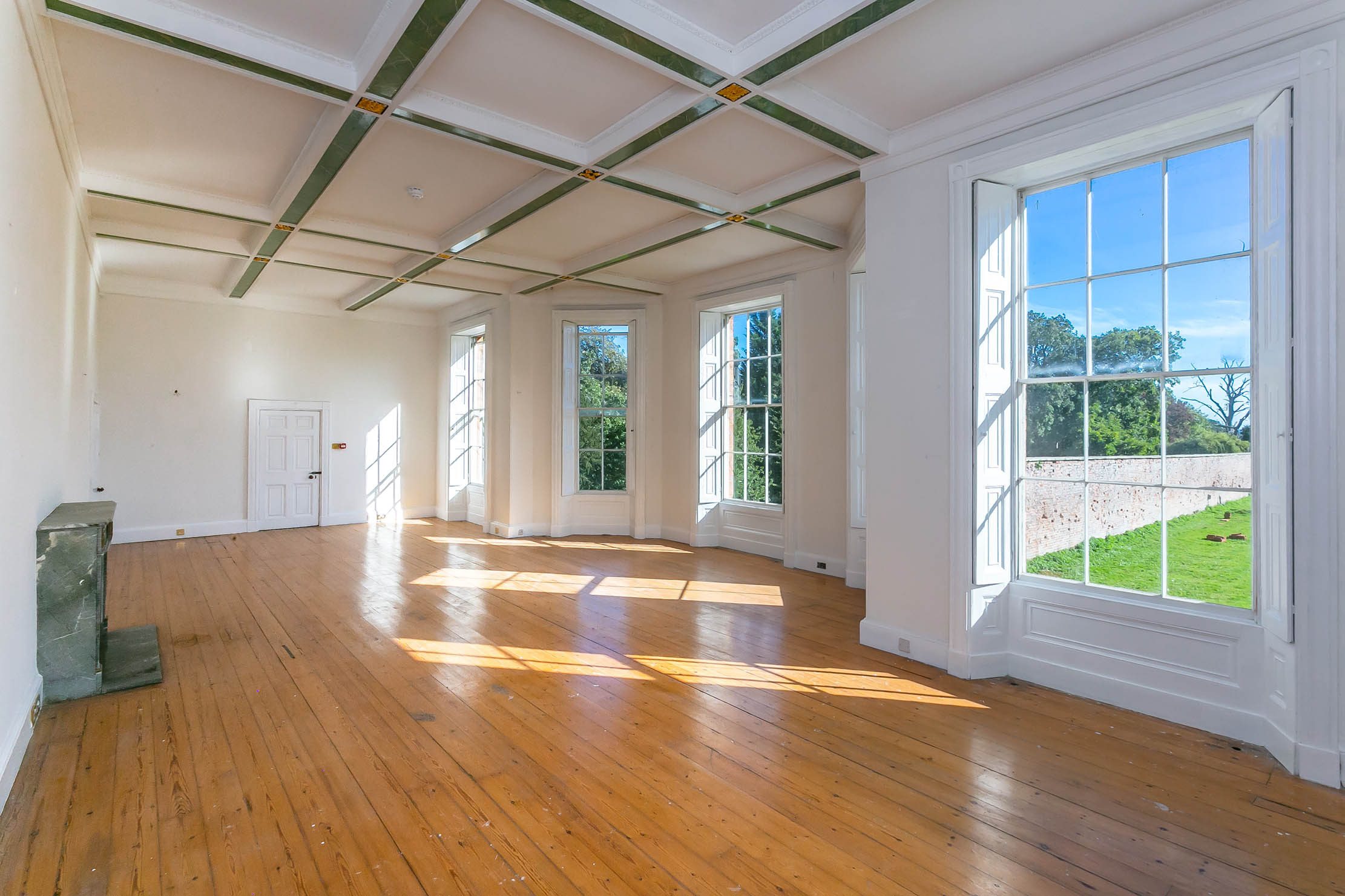
The schedule of repairs that has been carried out to date is mind-boggling. It includes the stripping and complete repair of the roof; the repair of all windows; the repointing of the main house with lime mortar as specified by Historic England; the rebuilding of bulging brickwork at first-floor level, as agreed with Historic England; the relocation of the entrance door and steps as requested by the conservation officer; the repair of garden walls and statuary; the repaving and resurfacing of the driveway and courtyard; plus the repair and repainting of almost everything else in sight.
The list is endless, but will surely be of great comfort to any proud future owner of this historic country estate, which was described in Country Life on September 8, 1966 as ‘a work of history’ rather than ‘a work of art’.
The original Sheriff Hutton Hall, then known as Sheriff Hutton Park, was built between 1619 and 1624 by Sir Arthur Ingram, a rapacious London financier who, when simultaneously building an ostentatious town house in York, set out to impress the gentry by adding a country seat where he could entertain his landowning friends.
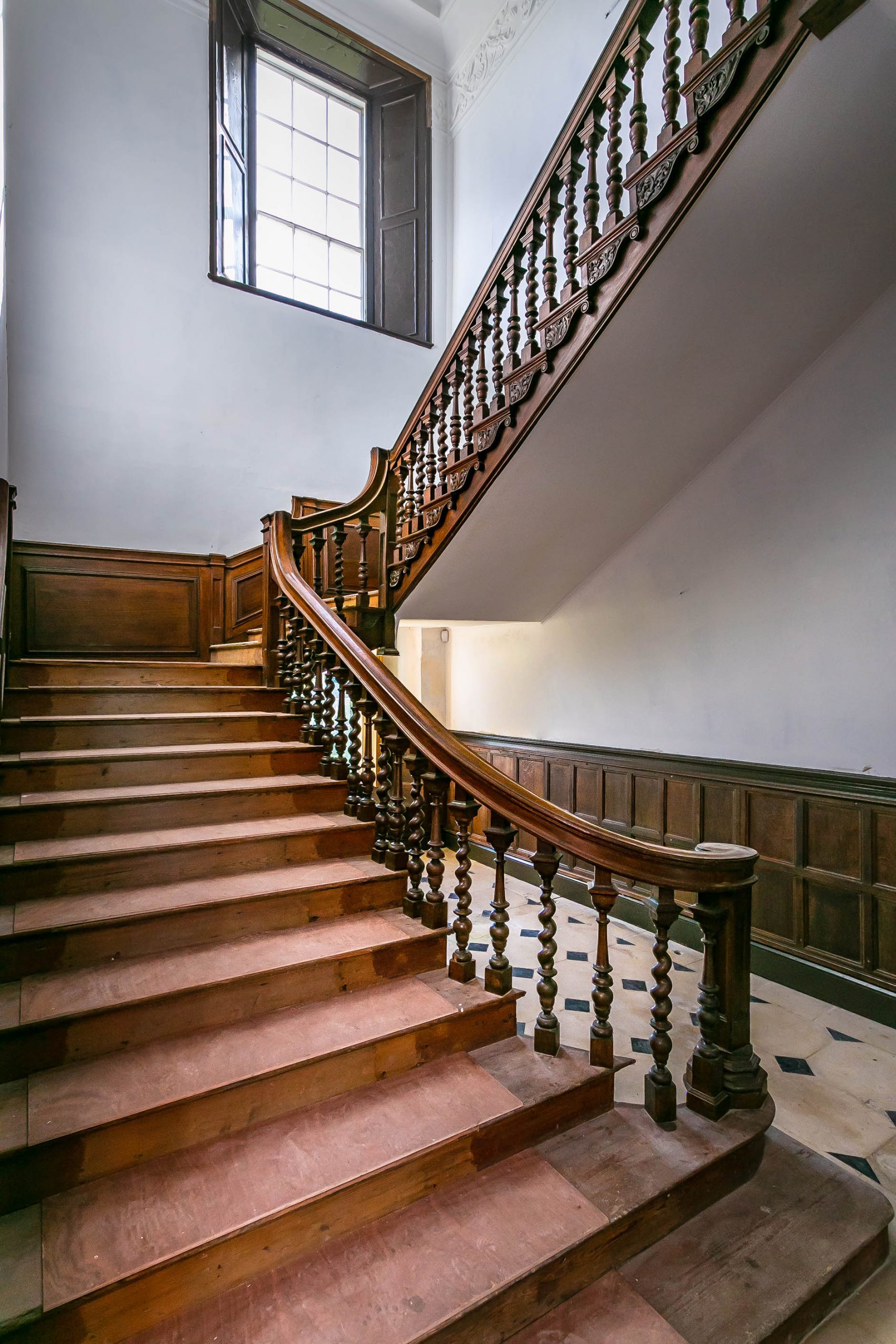
Using stone taken from the ruins of nearby Sheriff Hutton Castle, he built his new shooting lodge on the site of a former royal ‘launde house’ in the deer park at Sheriff Hutton. The Jacobean building was very much larger than the present hall and, unusually for a shooting lodge, was equipped with a great hall, a long gallery and even a chapel.
Sign up for the Country Life Newsletter
Exquisite houses, the beauty of Nature, and how to get the most from your life, straight to your inbox.
Sir Arthur spent little time at Sheriff Hutton Park and when his third son, Sir Thomas Ingram, married in 1637, he gave the estate to the newly-weds as part of the marriage settlement. Sir Thomas immediately set out to improve their new home, adding a stable block and brew house, paving the stable court with cobbles and digging a new well. He also rejuvenated the gardens, which had been neglected during the period when the house was unoccupied; today, the park and gardens are listed Grade II*.
Sir Thomas Ingram was a staunch Royalist who acquitted himself well at Marston Moor and Naseby and, after the execution of Charles I, was fined heavily for his ‘delinquency’ by the Commonwealth. However, the Restoration of the monarchy in 1660 saw him appointed a Privy Counsellor and Chancellor of the Duchy of Lancaster. This meant a move to London and the sale of Sheriff Hutton Park to Sir Roger Langley, High Sheriff of Yorkshire, in 1663.
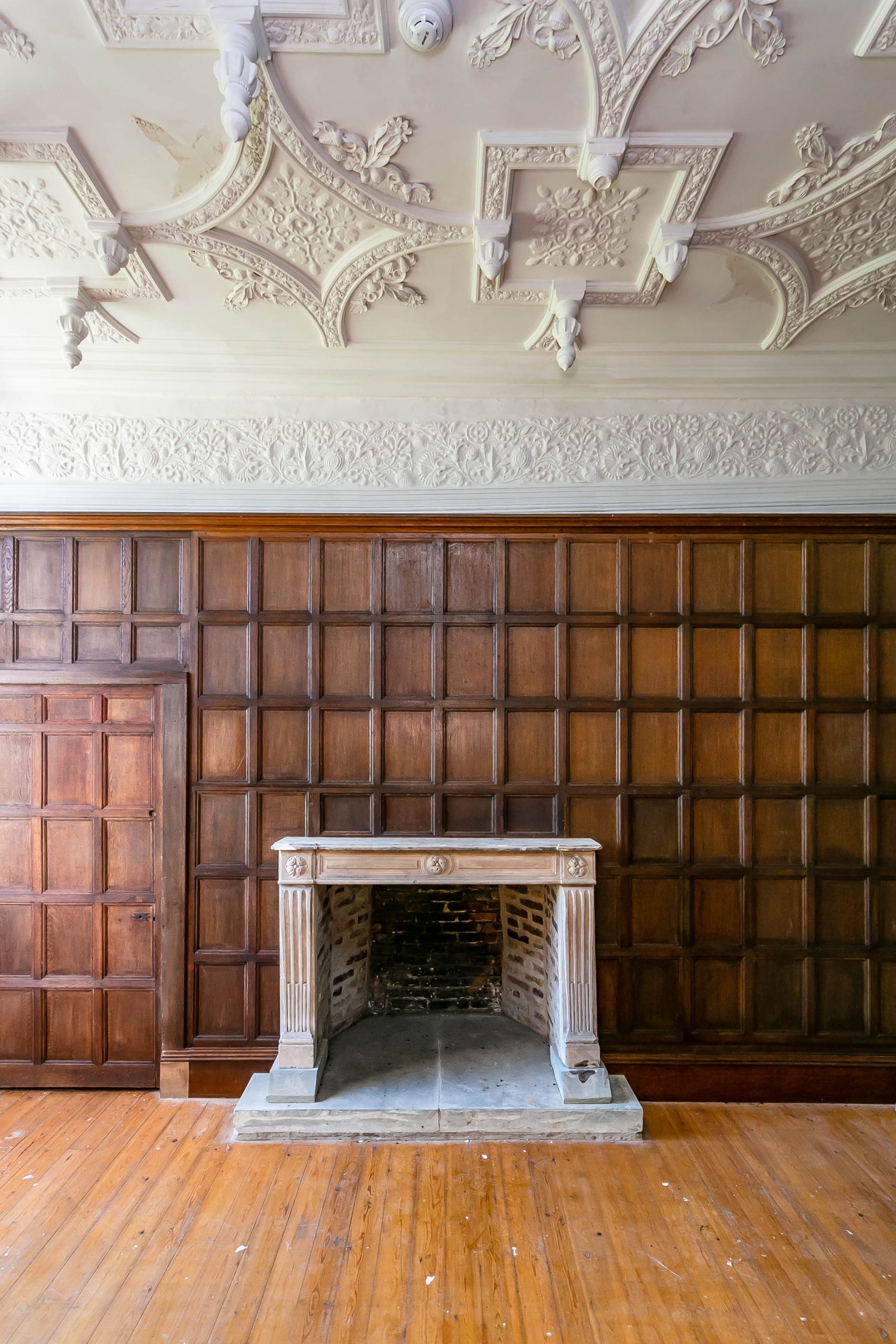
Three years later, the estate was acquired by the Thompson family, in whose hands it remained for more than 200 years. In the 1730s, the original Jacobean house was extensively remodelled by Leonard Thompson, who gave the house its present Queen Anne character by demolishing the east and west wings, re-facing the outer walls with new brickwork to create a symmetrical shell around the old structure and adding Georgian windows. A new hipped roof provided additional internal space, later used to create more bathrooms.
The modernisation of the interior was less comprehensive, with three of the Jacobean rooms left unaltered. The main staircase was rebuilt and the great chamber above the dining room was remodelled and redecorated in the early-Georgian style to create a saloon of handsome proportions.
Thompson’s reconstruction was so effective that the body of the house has remained largely unaltered to this day, although, in 1848, another Leonard — the last of the Thompsons to own Sheriff Hutton — added a new Victorian wing that forms the south-facing drawing room and the master-bedroom suite.
For much of the 20th century, the property was enjoyed by a succession of dedicated owners, including Vice-Admiral and Mrs Egerton, who uncovered and restored many hidden Jacobean features; Colonel and Mrs Legard, who built a new stable block and swimming pool, modernised the interior and repaired the fabric where it had fallen into disrepair; and Captain and Mrs Blenkinsopp, who bought the house in 1966 and changed its name from Sheriff Hutton Park to Sheriff Hutton Hall.

Things started to go downhill in the early 1980s, when Sheriff Hutton Hall became the northern outpost of the East 15 Acting School, otherwise based in Loughton, Essex.
Although the thespians treated the place well, the maintenance of a historic country house was not their first priority and the hall was in need of substantial repair when it came back to the market in January 1998. There followed a decade of disaster that ended with the repossession of Sheriff Hutton Hall and its subsequent rescue by the present owner.
Sheriff Hutton Hall is for sale via Savills’ York office — see more homes in the area.

Credit: Strutt and Parker
Best country houses for sale this week
An irresistible West Country cottage and a magnificent Cumbrian country house make our pick of the finest country houses for
-
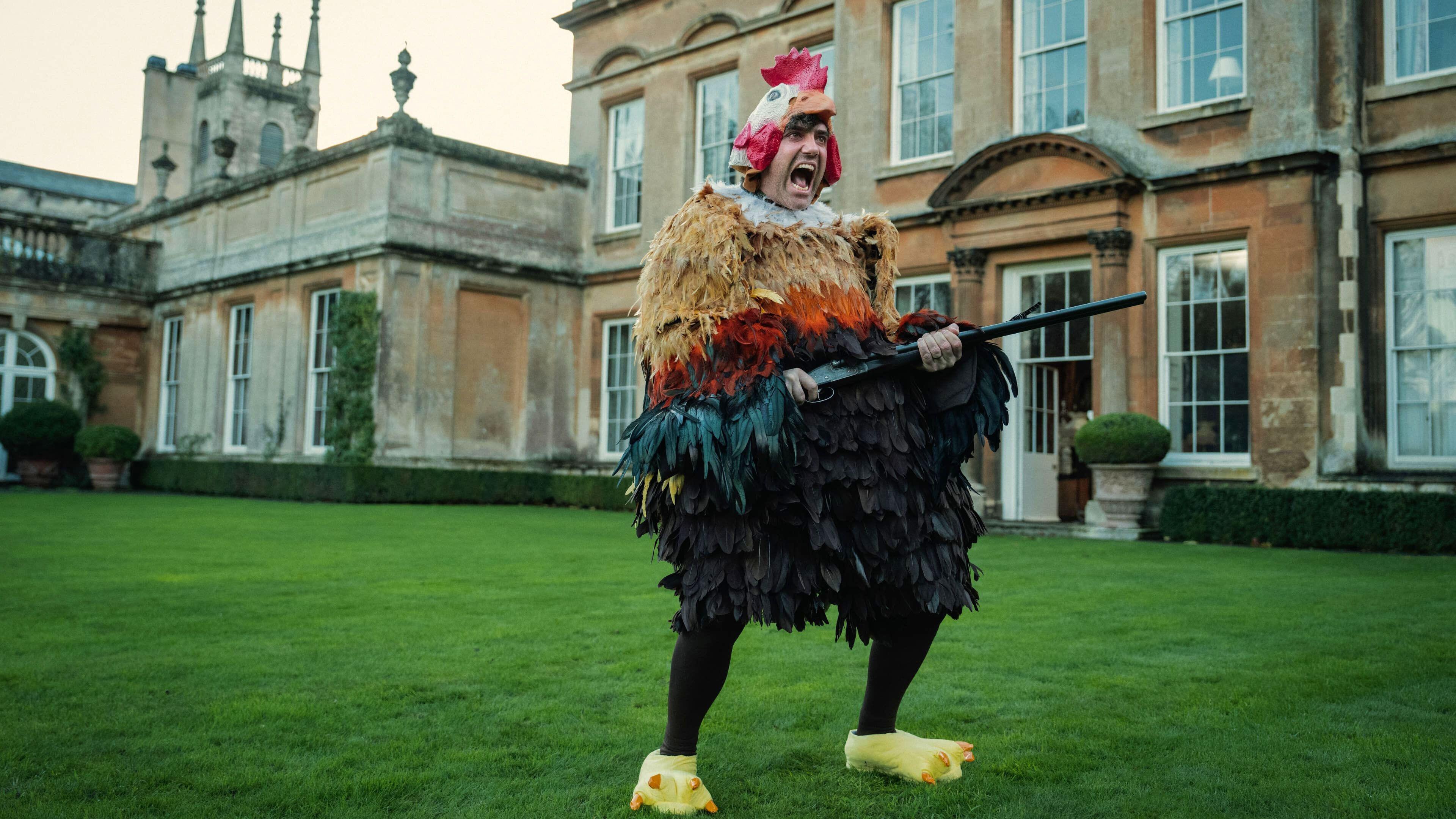 Lights, camera, country house, action: The gorgeous estates where The Gentlemen and Bridgerton were filmed
Lights, camera, country house, action: The gorgeous estates where The Gentlemen and Bridgerton were filmedBadminton House in Gloucestershire, seat of the Dukes of Beaufort, is rarely open to the public but has had plenty of screentime in hit TV shows.
By Kate Green Published
-
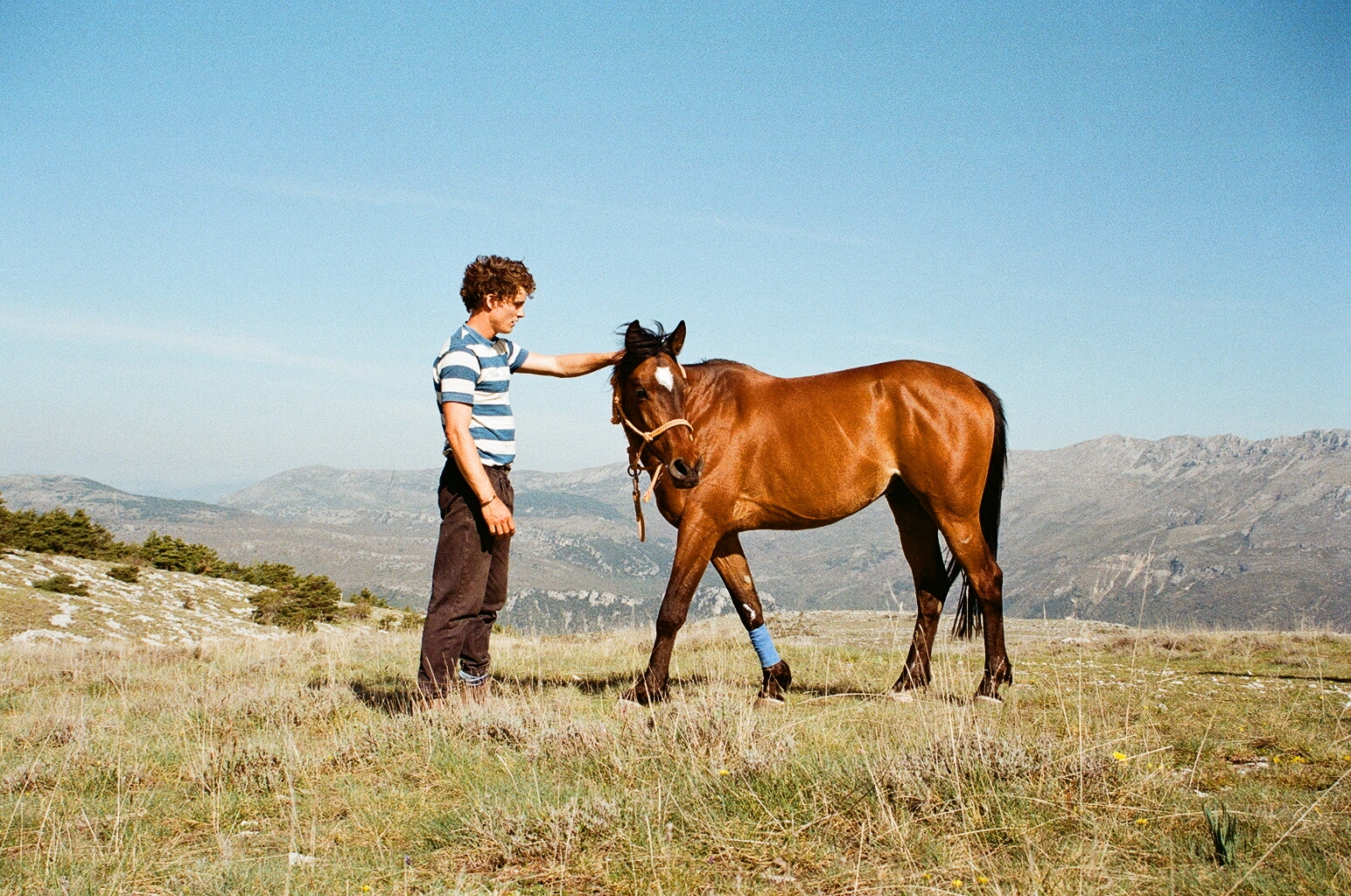 Crossing the Alps on horseback and gap years in Mongolia, with Louis D Hall
Crossing the Alps on horseback and gap years in Mongolia, with Louis D HallThe writer and adventurer Louis D Hall joins the Country Life podcast to talk about his latest book, In Green, as well as his charity the Big Hoof.
By Toby Keel Published
-
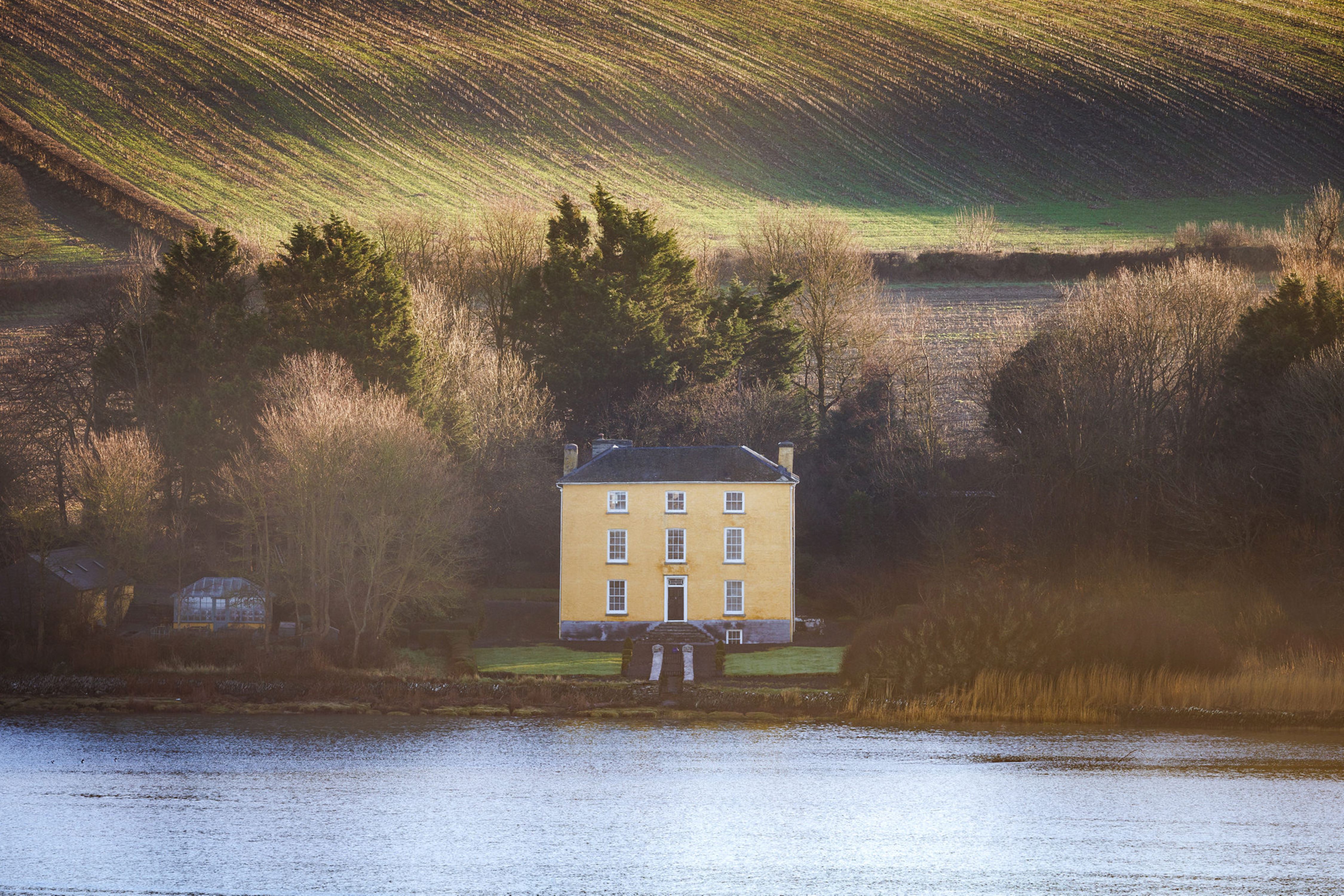 Old homes in new lights: A look at contemporary property photography
Old homes in new lights: A look at contemporary property photographyAttention is at a premium. Having the right image that will draw the maximum number of buyers has never been more important.
By Arabella Youens Published
-
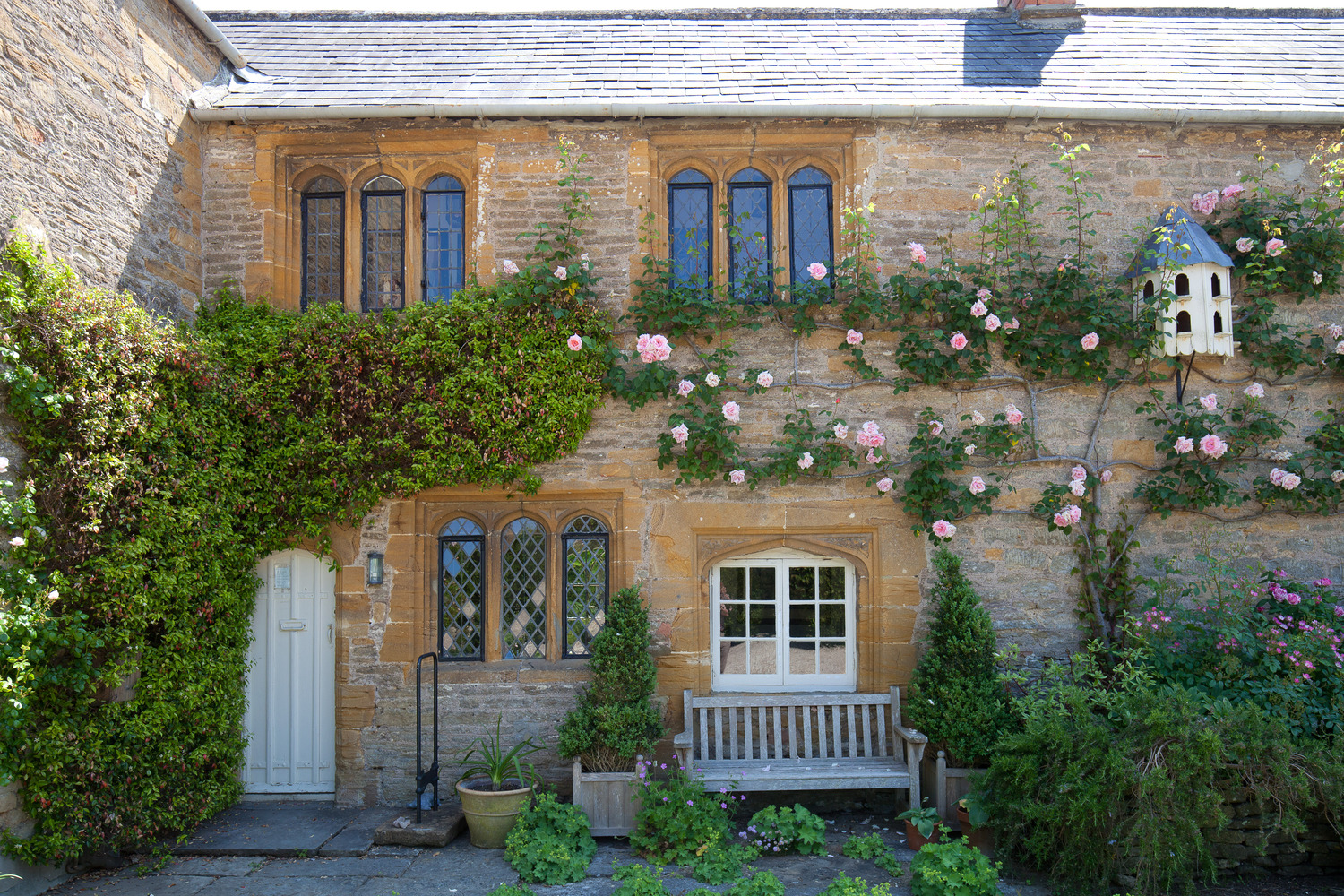 Five outstanding properties, from 3,000 acres in Wales to Robert Plant's old home, as seen in Country Life
Five outstanding properties, from 3,000 acres in Wales to Robert Plant's old home, as seen in Country LifeWe take a look at some of the best houses to come to the market via Country Life in the past week.
By James Fisher Published
-
 A villa from paradise on Koh Samui where the pool might be bigger than the house
A villa from paradise on Koh Samui where the pool might be bigger than the houseSituated on the Samujana Estate, a filming location for the White Lotus, Villa 24 has got it all
By James Fisher Published
-
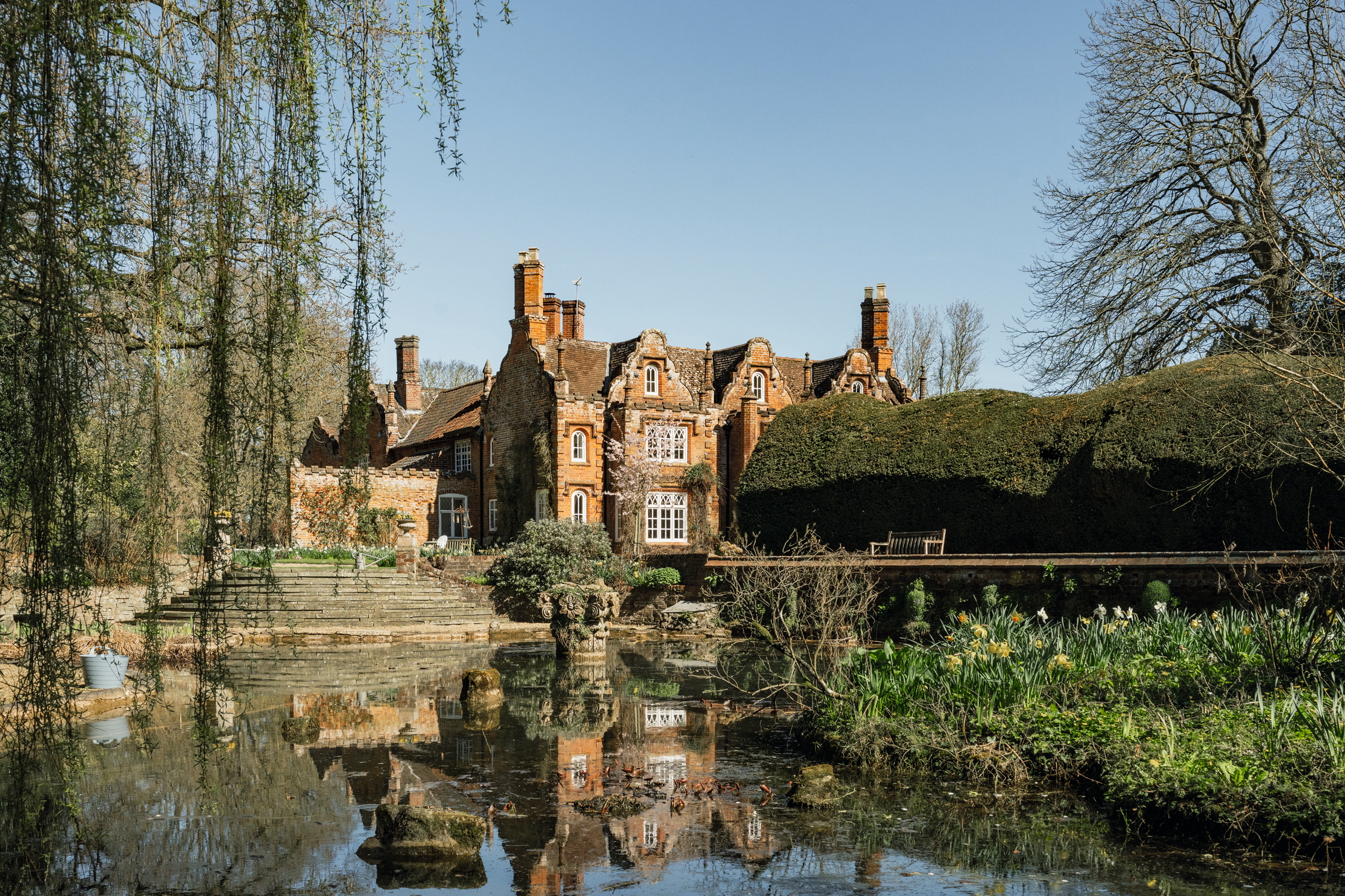 A six bedroom Grade II-listed hall set in eight acres of serene grounds in Norfolk
A six bedroom Grade II-listed hall set in eight acres of serene grounds in NorfolkBrandiston Hall can trace its origins to the 17th century, but has been sensitively refurbished by its current owners.
By Penny Churchill Published
-
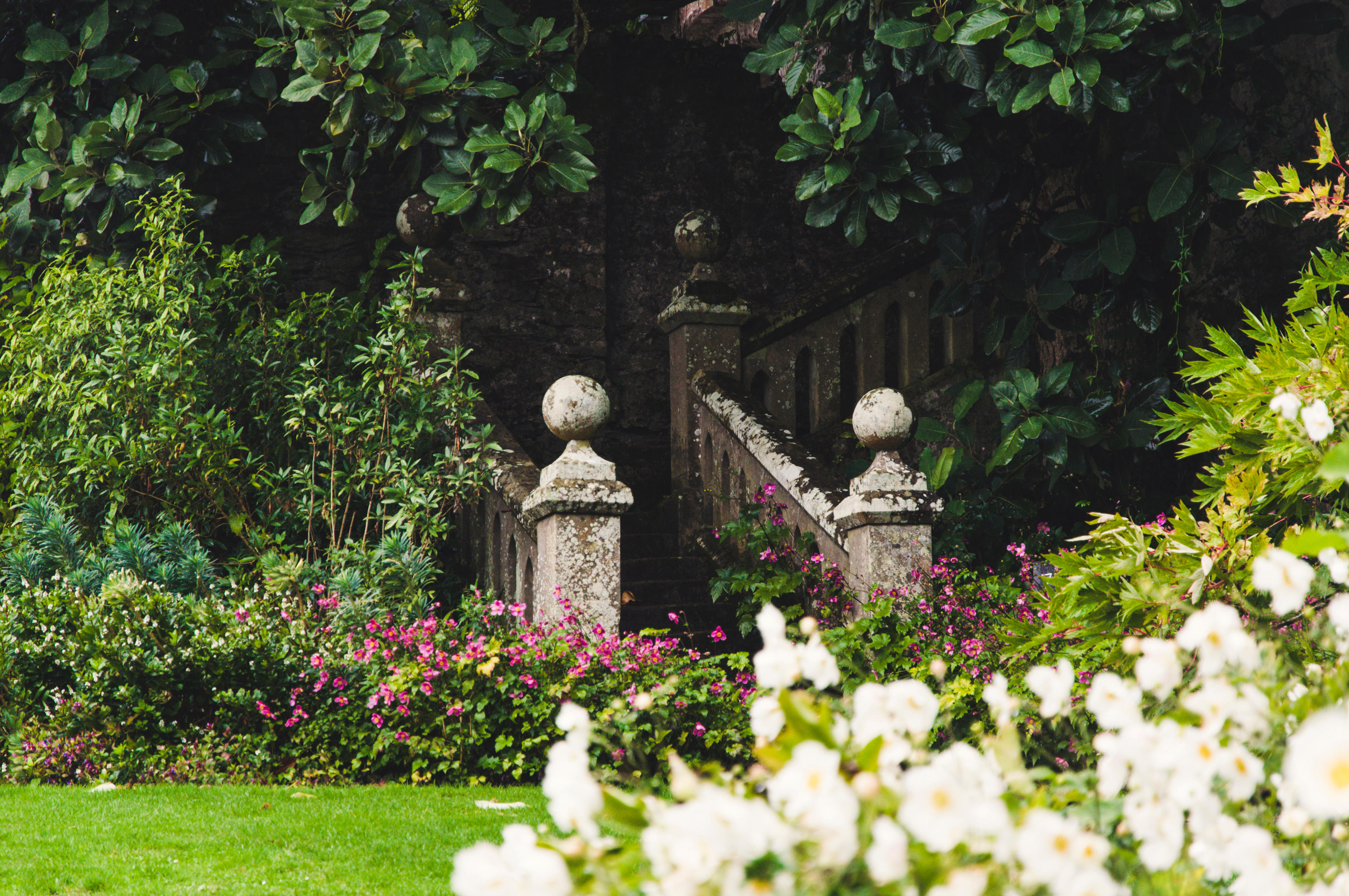 Flower power: Garden features that could add the most value to your home
Flower power: Garden features that could add the most value to your homeA nice garden is good for the mind, the soul and, apparently, your wallet.
By Annabel Dixon Published
-
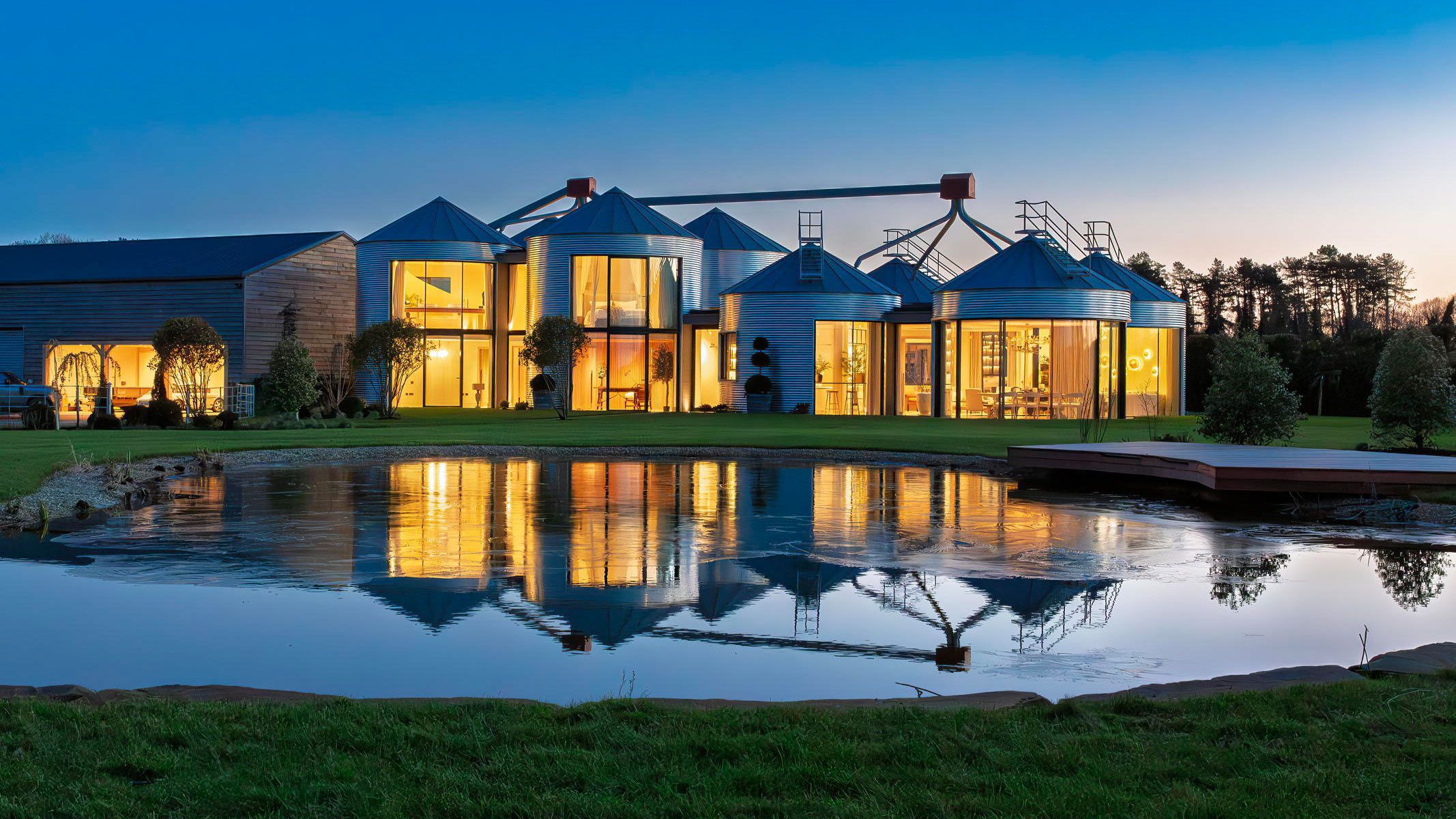 Uniquely unique? The Yorkshire grain silos transformed into a home that's a symphony in glass, steel and curves
Uniquely unique? The Yorkshire grain silos transformed into a home that's a symphony in glass, steel and curvesAmid the beautiful countryside of North Yorkshire, on the edge of the Castle Howard Estate, The Silos is a property for which the word 'house' simply doesn't cut it. And that's not the only way in which it's made us throw out the dictionary.
By Toby Keel Published
-
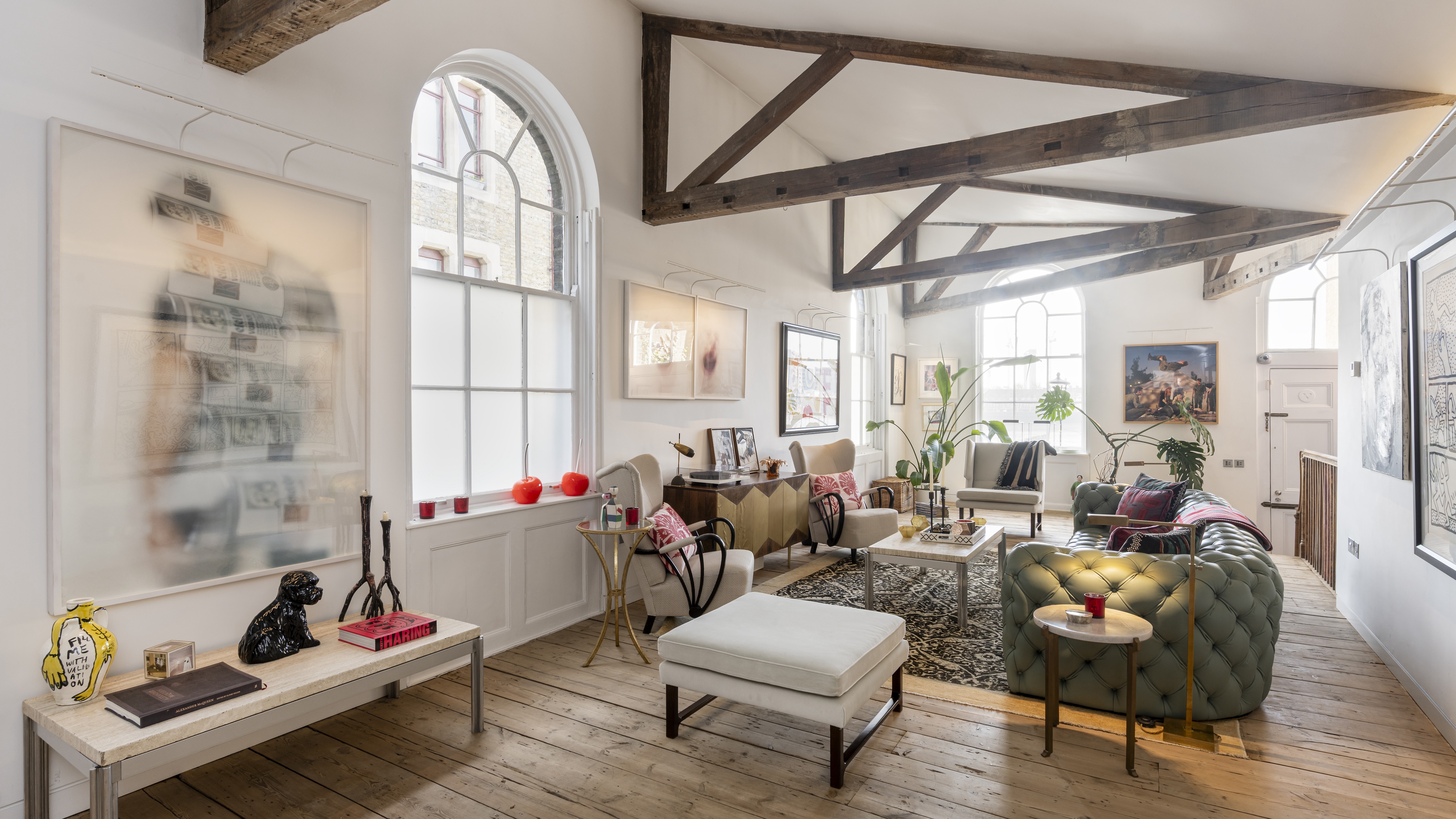 Graham Norton's elegant East London home hits the market, and it's just as wonderful as you would expect
Graham Norton's elegant East London home hits the market, and it's just as wonderful as you would expectThe four-bedroom home in Wapping should be studied for how well it uses two separate spaces to create a home of immense character and utility.
By James Fisher Published
-
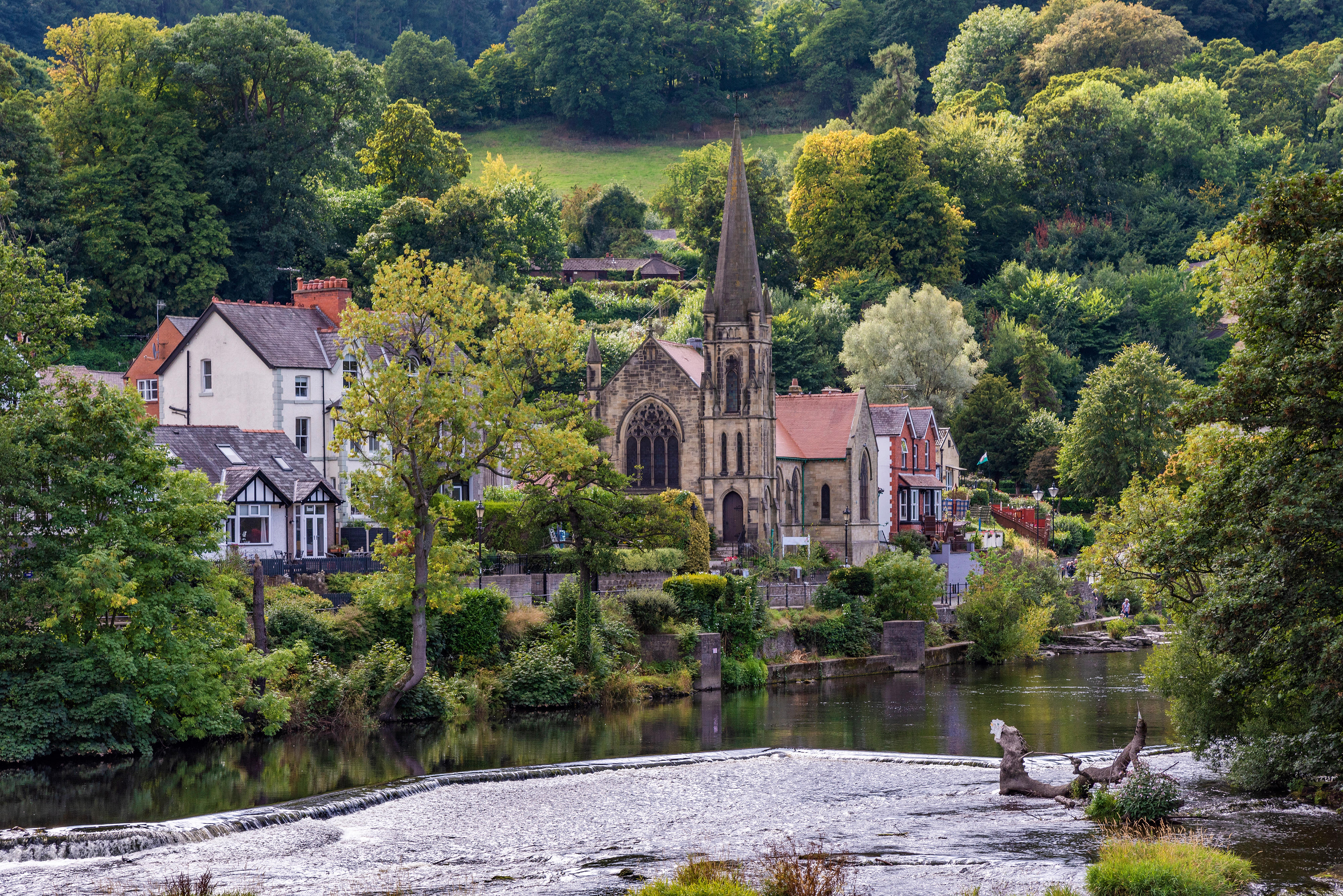 About time: The fastest and slowest moving housing markets revealed
About time: The fastest and slowest moving housing markets revealedNew research by Zoopla has shown where it's easy to sell and where it will take quite a while to find a buyer.
By Annabel Dixon Last updated
